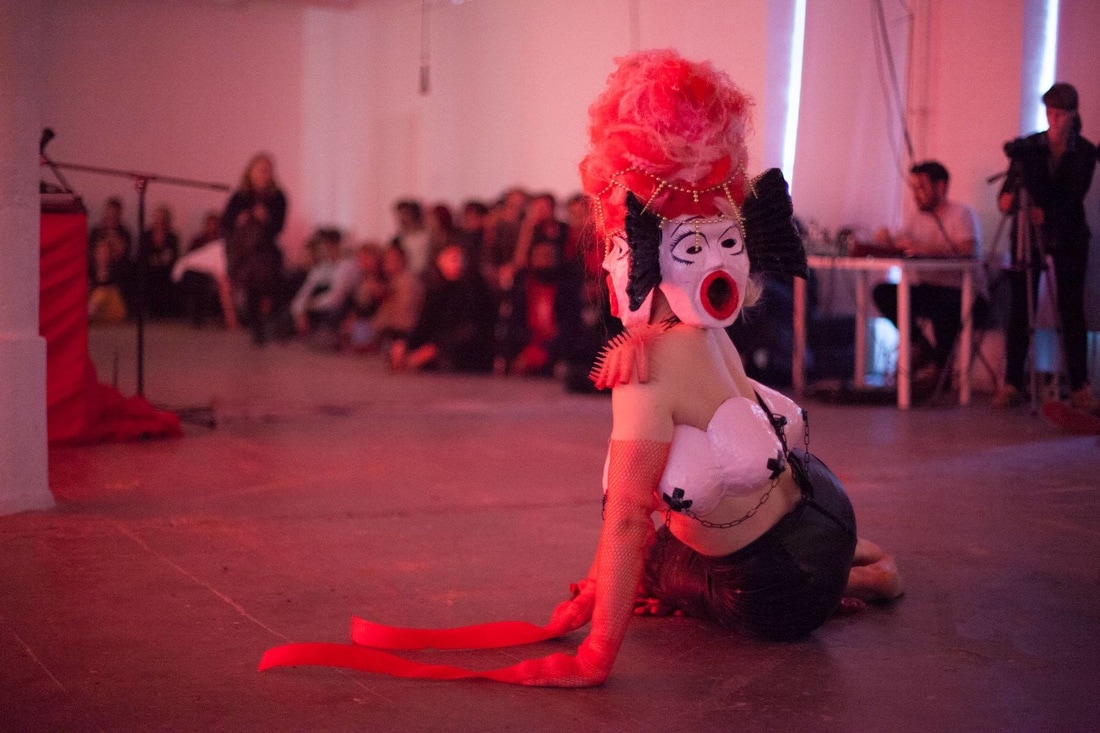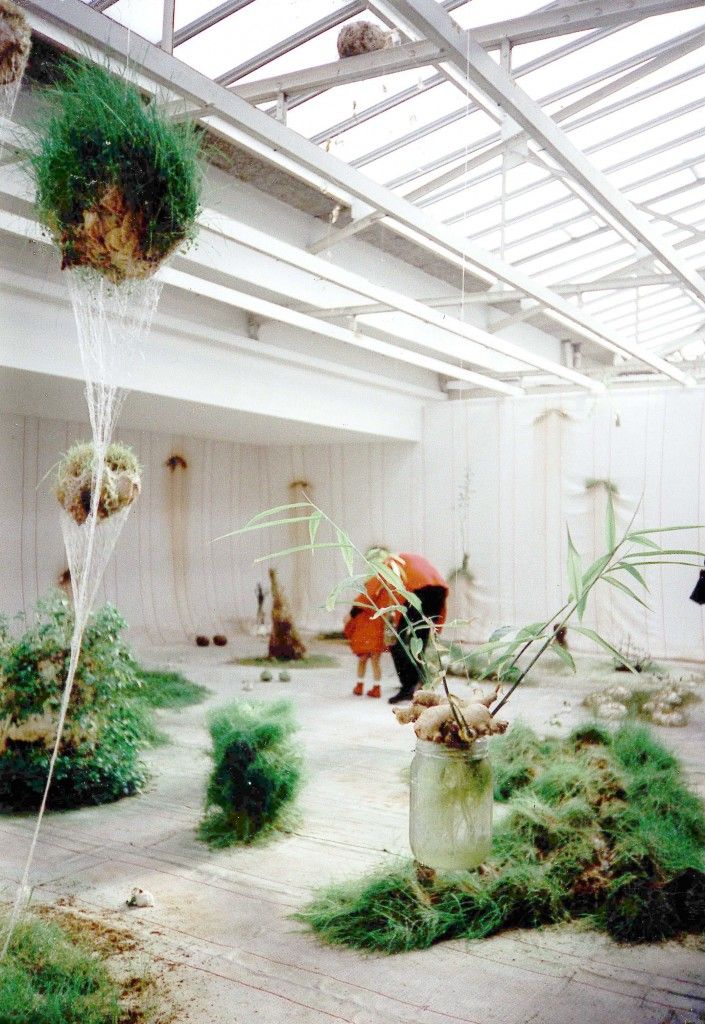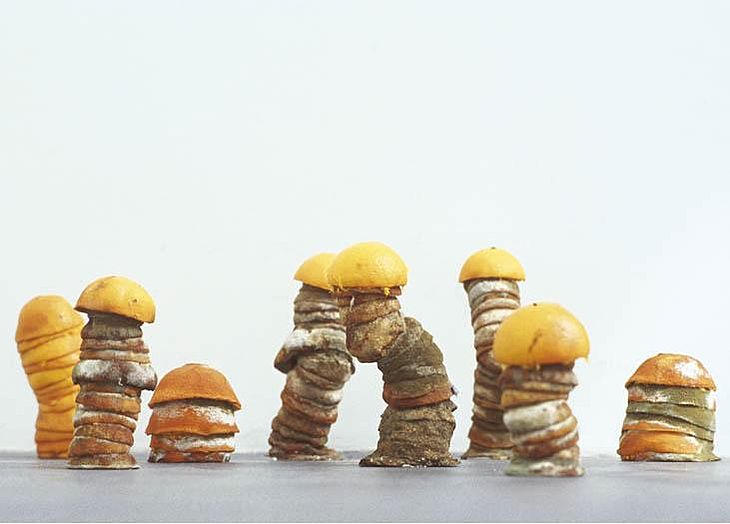|
Austrian choreographer Chris Haring and Irish visual artist Aoibheann Greenan talk about dissolving boundaries between forms, the ‘impotential’ in the creative act and how materials and ideas inform their work.
Deep Dish by Chris Haring/Liquid Loft will be presented at the Abbey Theatre from 26th - 27th May 2017 as part of the Dublin Dance Festival.
Headline image: Deep Dish, Michael Loizenbauer Posted: 25th May 2017 |


